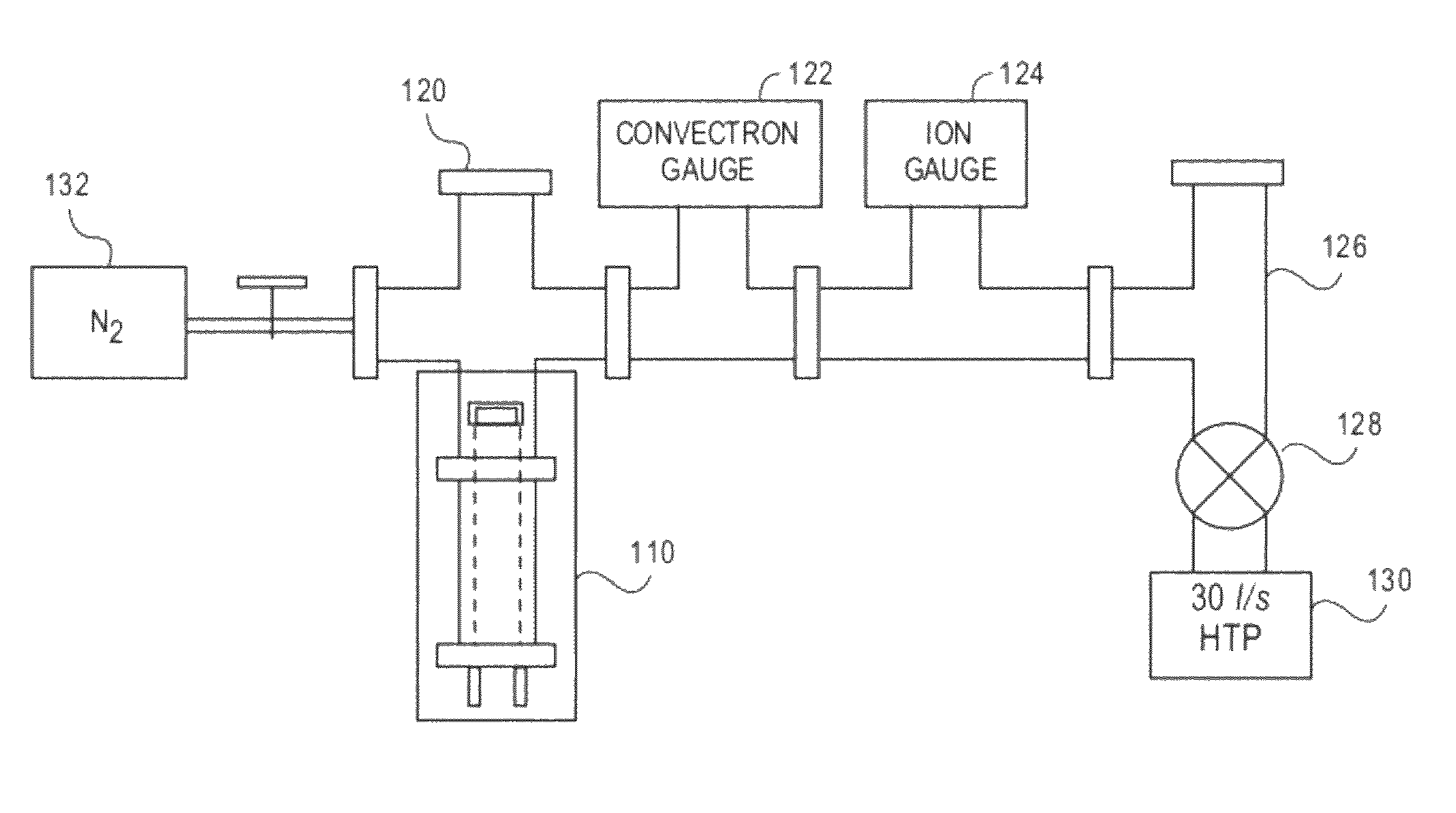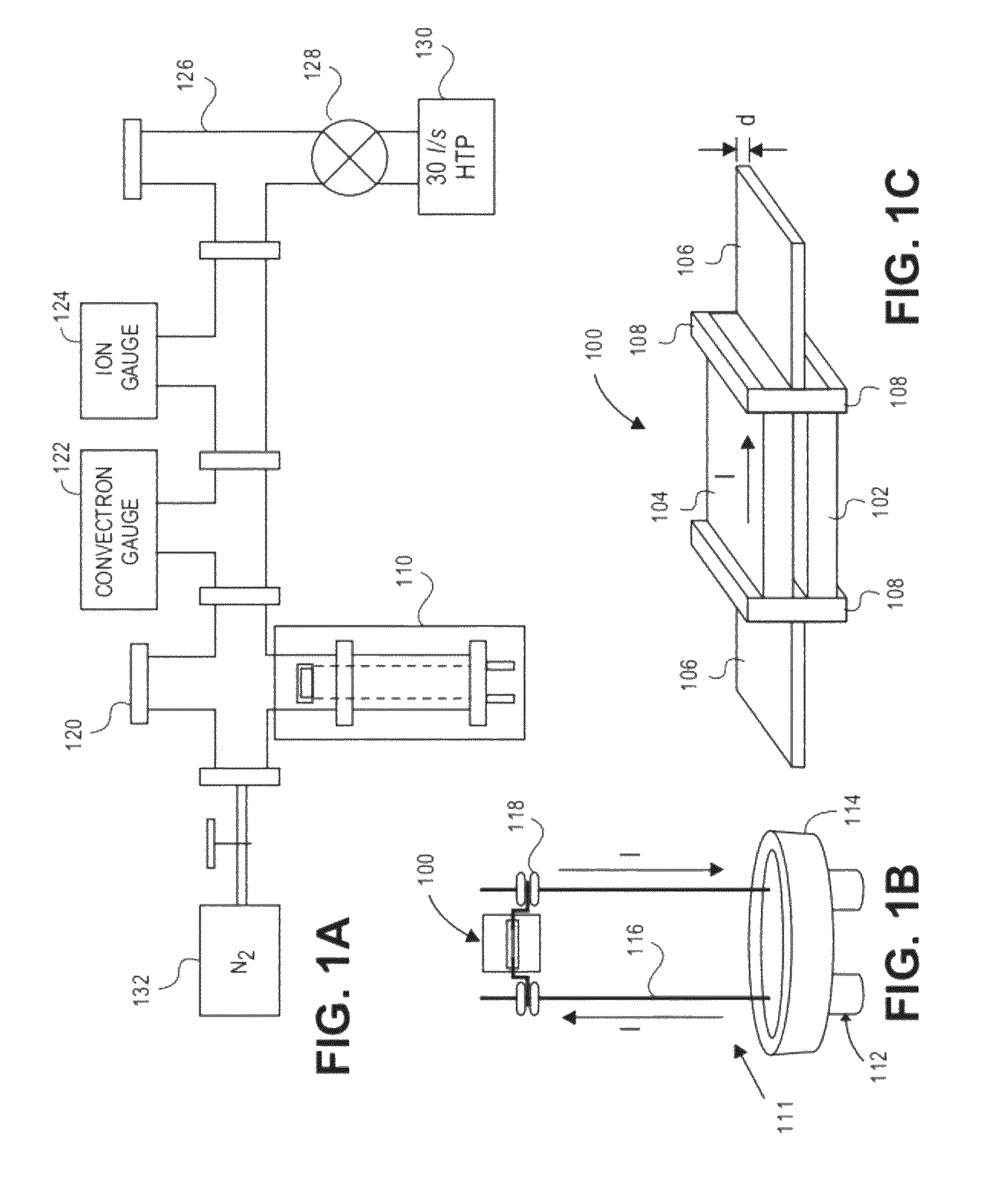Method for synthesis of high quality graphene
a graphene and high-quality technology, applied in the field of graphene production, can solve the problems of inability to realize large-scale production by this method, poor quality of graphene, and inability to be widely used, and achieve the effects of improving the homogeneity of graphene, large terrace size, and improving the epiaxial quality of sic substrates
- Summary
- Abstract
- Description
- Claims
- Application Information
AI Technical Summary
Benefits of technology
Problems solved by technology
Method used
Image
Examples
Embodiment Construction
[0017]Herein described is a method for the synthesis of high quality epitaxial graphene on SiC(0001) substrate following the controlled sublimation of Si. Graphene was grown using a “face-to-face” method in which two SiC substrates are placed one on top of each other with a small gap in between and are heated simultaneously. The close proximity of the two surfaces reduces the ability of the Si to escape, thus reducing the effective rate of Si sublimation during graphene growth. AFM shows that graphene grown in this way exhibits homogenous terraces with ˜1 μm width and a few tens of μm length. This represents much better homogeneity than was able to be achieved previously by annealing a single piece of the SiC substrate in vacuum, where average terrace sizes of the order of 100×100 nm2 [18] were found. ARPES confirms that graphene thickness, or number of layers, is controlled as a function of annealing temperature. This “face-to-face” method is straightforward, simple, and economical...
PUM
| Property | Measurement | Unit |
|---|---|---|
| temperature | aaaaa | aaaaa |
| temperature | aaaaa | aaaaa |
| temperature | aaaaa | aaaaa |
Abstract
Description
Claims
Application Information
 Login to View More
Login to View More - R&D
- Intellectual Property
- Life Sciences
- Materials
- Tech Scout
- Unparalleled Data Quality
- Higher Quality Content
- 60% Fewer Hallucinations
Browse by: Latest US Patents, China's latest patents, Technical Efficacy Thesaurus, Application Domain, Technology Topic, Popular Technical Reports.
© 2025 PatSnap. All rights reserved.Legal|Privacy policy|Modern Slavery Act Transparency Statement|Sitemap|About US| Contact US: help@patsnap.com



